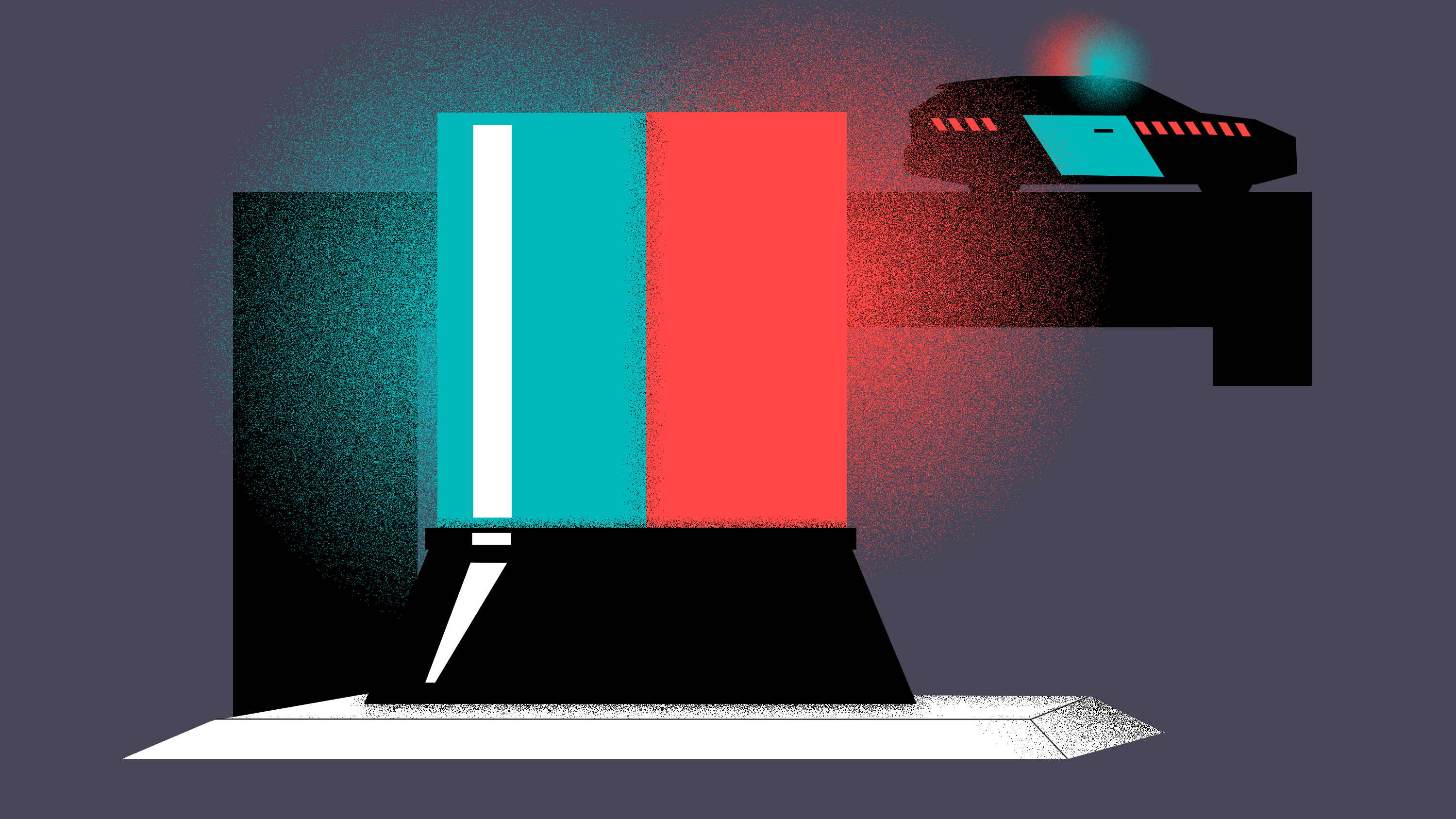Anti-inflationary plans were thwarted at the beginning of the year by rising global oil and domestic food prices. During the first quarter consumer prices were up 9.8% compared to the 9.5% of the year before – yet this rate was the result of different growths in various product groups. Most groups registered a lower inflation rate, with the prices of fuel, food and other goods experiencing a higher rise. Prices in March were 1% higher than in February. More than one fifth of the rise was attributable to fuel prices that were up 4.4% in March – while the prices of certain food items were already lower than the month before.
The Hungarian National Bank is trying to keep the inflation rate in control by lowering the devaluation rate of the national currency on the one hand, and inflationary expectations on the other – so far with not too much success. At the same time the government hopes to contribute to lowering the inflation rate by keeping the budget deficit down and modestly increasing public sector demand.
Although at a slower pace than before, retail trade turnover continued to rise in the first quarter. One of the reasons for this is that the usual pre-Easter boom shifted all the way to April as the holiday came later in the calendar this year. Turnover during the first three months totaled 891 billion HUF which at current prices is almost 13% – at comparative prices 2% – higher than the year before.


